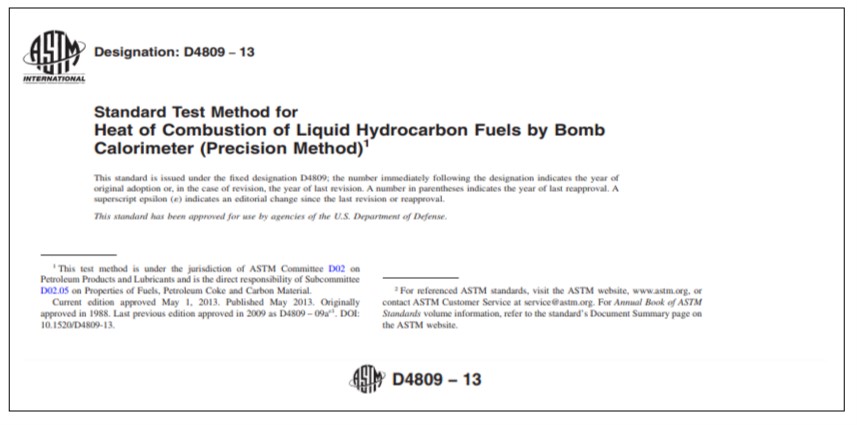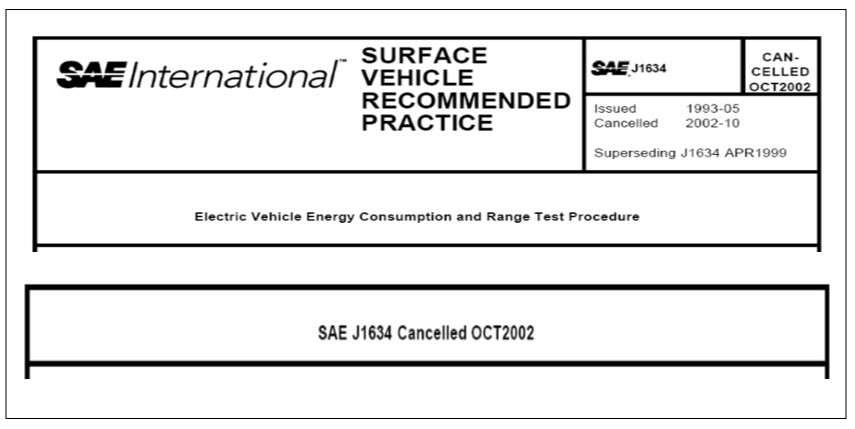
IV.C. How Do I Format Regulatory Text that Contains an IBR?
(Chapter IV. Rulemaking Documents)
C.1. Advance notices of proposed rulemaking
We review IBR language set out in the amendatory text section in ANPRMs if you have included such text. If you include IBR language in your ANPRM, follow the drafting procedures described in section C.3, below.
C.2. Proposed Rules
We review specific IBR language set out in the amendatory text section of proposed rules, or in supplemental proposed rules, if you have included such text. If you include IBR language in your proposed rule, follow the drafting procedures described in section C.3, below.
C.3. Final Rules
Formatting the IBR language in your amendatory text depends on how many publications are referenced in the same section and whether or not the part (or subpart) has (or needs) a centralized IBR structure. Regardless of the number of publications, if a section is within a CFR part or subpart covered by a centralized IBR section, you must use that section. The three possible structures (see Flowchart 4 and Flowchart 5 in Appendix A.B.2 of this handbook):
- Option 1: Single IBR publication section – a single publication is incorporated into a single section, but can be referenced once or multiple times within that section. Place the required IBR language immediately after the first reference to the publication or in the last paragraph in the section (see Boilerplate 2 -Final rule, Multiple currently-approved publications in Appendix A.C and Option 1 in Appendix A.D.3 of this handbook);
- Option 2: Dedicated IBR paragraph – more than one publication is incorporated into a single paragraph. Include the IBR language for each publication referenced in a section in a designated paragraph in that section; the paragraph should be the first[1] or last paragraph in the section (see Option 2 in Appendix A.C. and Option 2 in Appendix A.D.3 of this handbook); or
- Option 3: Centralized IBR section – a designated section that serves as an index for all the IBR material in or across an identified CFR unit(s), regardless of quantity. Include a cross-reference to a separate section designated for IBR material immediately after the first reference and add the IBR language for the publication into the centralized IBR section; the centralized section should be at the beginning or the end of the applicable part[2] or subpart (see Option 3 in Appendix A.C and Option 3 in Appendix A.D.3 of this handbook).
[1] The OFR prefers that you include dedicated IBR paragraphs as paragraph (a); however, we recognize that many times it is simpler and more efficient to add the dedicated paragraph as the last paragraph – especially when adding the paragraph to an existing section.
[2] A centralized section that spans multiple parts is possible only under very limited circumstances. Before adopting a multi-part model, contact us.
Examples
Download Chapter IV

